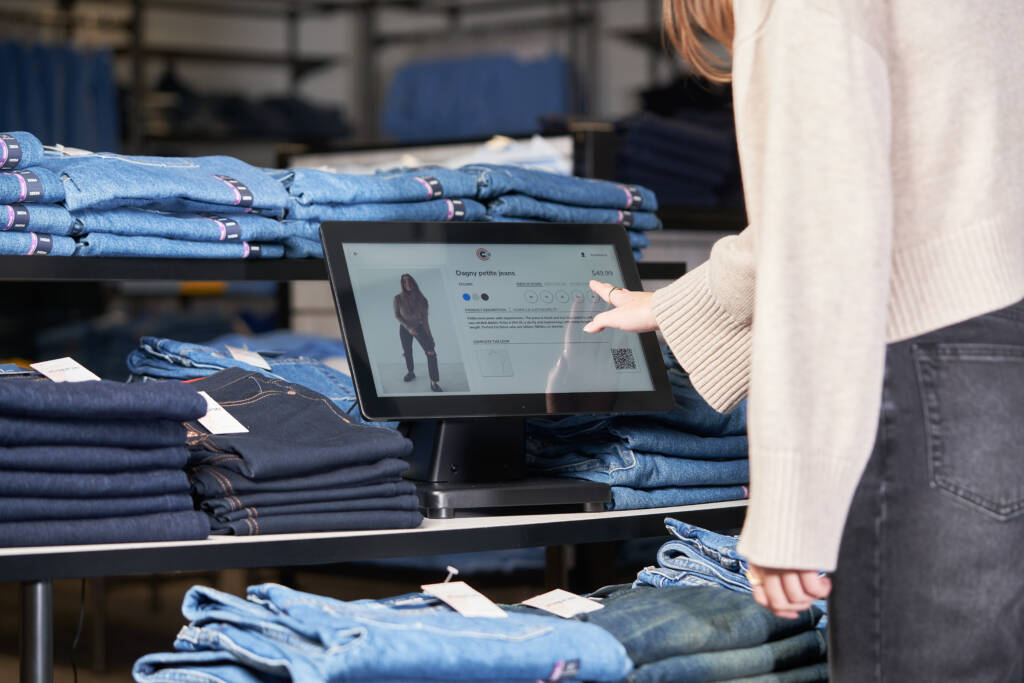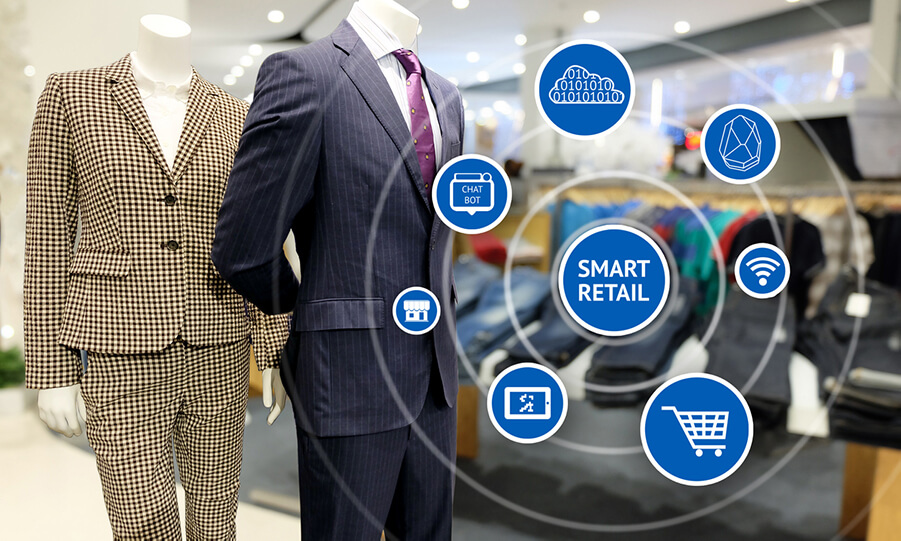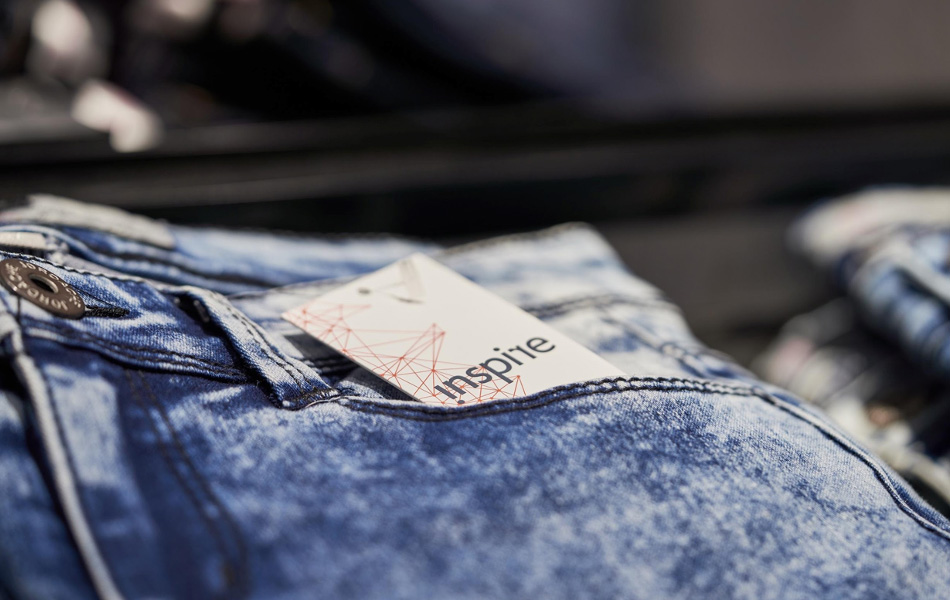How Retailers Can Change Customer Experience at Checkout by Using RFID
With the new era of retailing underway, we are now seeing commerce and technology coming together to revolutionize the customer experience. With an increase in technological advancements, retailers are now implementing new technologies to help improve their business operations with RFID being one of those utilised.
As RFID is rapidly gaining adoption within the retail industry across the globe, it is one of the key technologies being applied to help enhance a retailer’s operations. In addition, it also helps to improve a retailers inventory management. As retailers recognise the initial investment and returns of using the technology, they are now looking for alternative ways to leverage the investment in RFID to help gain advantages over their competitors and solve operational constraints.
For many retailers, the most common area they are focusing on changing is the process of customer engagement at the Point of Sale (POS) to enable a human-free, automated checkout. Through this implementation, RFID at POS is transforming the customer journey, to make this quicker, more accurate and smoother than ever.
Benefits of Accurate Inventory Management
Within the past two years, there have been global rollouts of RFID technology which demonstrates its rapid ROI based on sales lift, omnichannel fulfillment and inventory reduction. As the technology allows retailers to gain a greater view of their on-hand inventory, they can now achieve 98% inventory accuracy with weekly stock counts.
In addition, through utilising RFID technology items can be accurately tracked and traced from the moment it leaves the warehouse until the customer makes the purchase and leaves the shop. With an ongoing, accurate view of inventory, retailers can ensure that they have products available for their customers, avoiding disappointment and out-of-stocks. Ultimately, this leads to savings and an improved customer experience.
Enhancing Check-out Solutions
Item-level RFID on retailers’ garments is allowing them to reduce the ‘friction’ that exists at checkout. For the retail industry today, processes used at checkout are the same as 30 years ago. With convenience store models slowly increasing, similar to that of Amazon Go, retailers and customers are expecting this to follow suit in their overall experience. A friction-free, self-checkout experience is moving into this New Era of retail model, with RFID being the chosen technology to further develop this.
With many customers unaware that RFID is used to help keep out of stock levels down, using the technology at POS is an aspect where the customer can have direct exposure to the technology, providing a positive differentiated experience for the consumer.
Retailers adopt RFID at POS for a variety of reasons, with its ability to speed up the process of check-out, it can also act as a loss prevention tool by reducing human factor-based errors at checkout.
Reduce in shrink and loss prevention
On average, shrink percentage within retail is around 2% of sales, which presents huge cost implications for retailers. Having an enhanced view of inventory leads to a reduction in item shrink, which is often the result of access to inaccurate information generated at various process steps.
Not only does shrink have cost implications, it does also mean that a retailer’s view of inventory is already inaccurate, leading to missed sales opportunities. RFID can be utilised to prevent shrink through all supply chain stages, whilst also identifying whether an item went missing from the distribution center to transit. Ultimately, this means items are readily available for purchase and preventing a negative customer experience by not having the correct items in store.
Increase access to wealth of information
Not only can retailers utilise RFID technology for numerous ways, one of the biggest benefits is that it allows retailers to access a wealth of information. RFID tags, used together with tag encoding data management systems, can help downstream systems create a significant amount of contextual information to further optimise customer experience and processes.
Once an RFID tag is read at an Electronic Point of Sale, RFID systems can immediately determine the history of a certain product, helping to prevent anti-counterfeiting and gray market behavior, which is harmful to retailers.
It is evident, that through the implementation of RFID technologies, retailers can ensure they have an accurate view of their inventory. This can lead to an overall better retail business, as customers will be satisfied with their experience, due to them having access to what they want, when they want. As we move into the New Era of retailing, it is key that technology is the driving force behind this new age of retail to ultimately revolutionise the customer experience.










